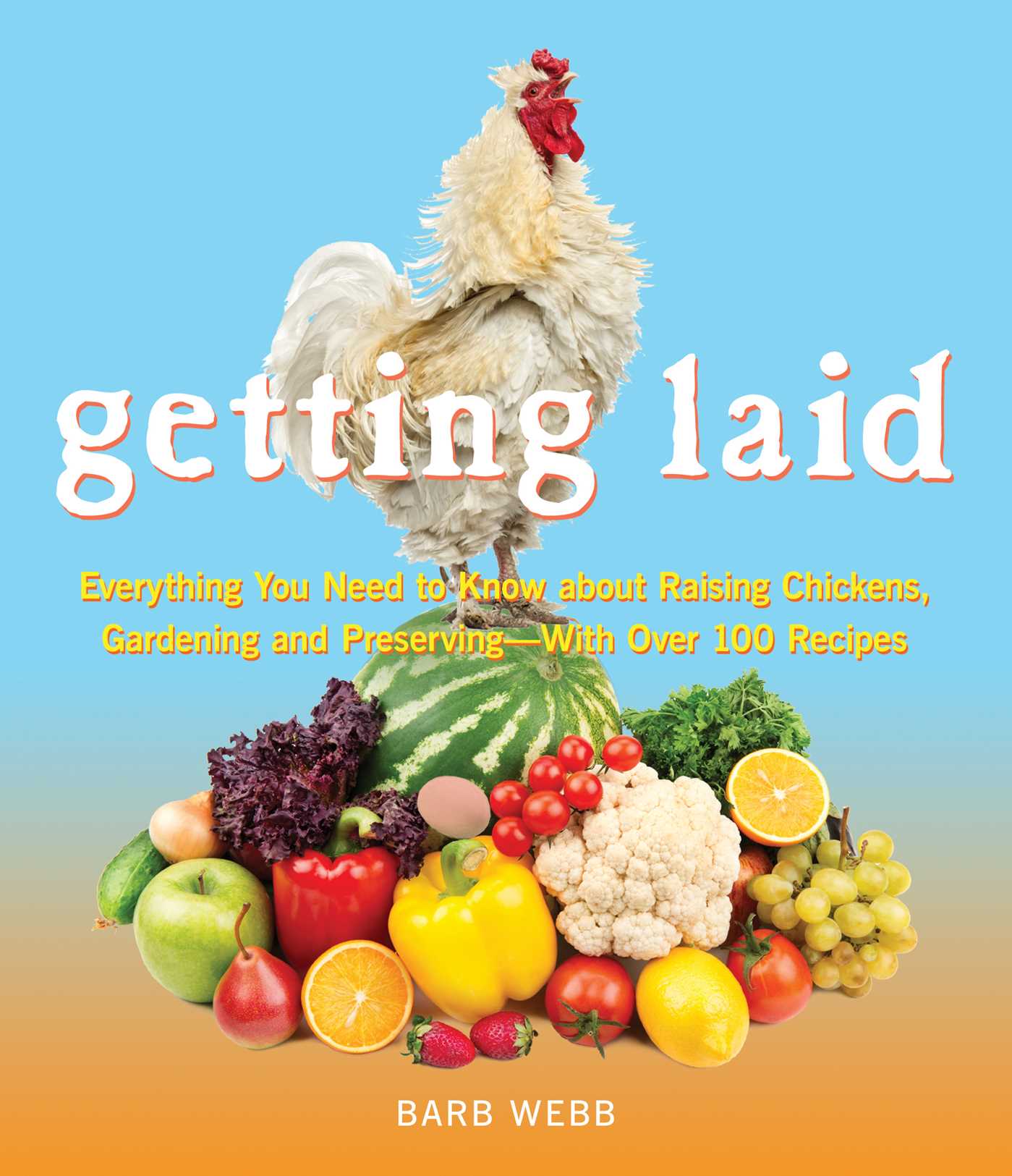Fruits and vegetables are added to the list of superfoods because they contain an unusually high amount of some specific element, often fiber, vitamins, minerals, or antioxidants. Here is a list of seven superfoods you can grow in your own garden.
Kale
Kale is one of the superfoods getting a lot of attention right now. It is high in fiber, vitamins, and minerals, and is low in calories and fat. It can be baked into chips, blended into smoothies, and used as a substitute for any leafy green called for in a recipe. Kale is a cool-season green that does best in early spring or mid- to late-fall. Kale can be grown in the ground or in containers, and is ready for harvest when the leaves are about the size of your hand, around 55 days after planting the seeds.
Blueberries
These dark blue berries are packed with antioxidants, fiber, and phytochemicals like flavonoids, shown to reduce the risk of certain heart conditions in young women. Blueberries grow as shrubs and make an attractive addition to the home garden. They have white and pink flowers in spring, green and dark blue berries throughout the summer and pretty bare bark throughout the winter. They can be grown in the ground or in containers. They have a shallow root system and love acidic soil. Mulch the plants heavily to prevent the roots from drying out and protect them from accidental damage.
Sweet Potatoes
These root vegetables are often included in the list of superfoods because of their high fiber and vitamin content. The fact that they are naturally sweet also means that they don’t need additional salt or butter. Sweet potatoes are an easy-going plant. They prefer warm weather and warm soil, so make sure to plant them well after the risk of frost has passed. Once established, they provide a pretty green ground cover, making for an attractive container plant or planting for a hard-to-reach bed. They take 90 to 150 days to mature, depending on the variety.
Beets
Beets are high in vitamins, folate, and betalains, the compound that gives beets their bright purple color. They are root vegetables, meaning that you eat the root of the plant, but their above-ground greens are also edible and nutritious. They are natives of the Mediterranean region, and like cold weather. Plant them in the early spring and stop when temperatures hit around 75 degrees, and then start again in the fall when daytime temperatures stay below that number.
Sunflower Seeds
Sunflower seeds are high in healthy fats and minerals and make an excellent addition to salads and baked goods. They are high in calories, however, so it is important to control portion sizes. Sunflowers are so easy to grow that they often pop up underneath bird feeders all by themselves. They tolerate almost any kind of soil, prefer full sun and regular watering, and grow to maturity in about 80 to 120 days depending on the variety.
Goji Berries
Goji berries are small, mildly sweet red berries that are used in traditional Chinese medicine to treat a variety of ailment including diabetes and hypertension. While the berries’ effects on those diseases are still under investigation, goji berries have certainly earned their position in the list of superfoods with a healthy dose of fiber and a high concentration of cancer-fighting antioxidants. The berries can be eaten raw or cooked, and are often added to trail mixes, smoothies, and salads. They grow as a small shrub, and can be grown in containers. They prefer full sun and are fairly drought tolerant.
Microgreens
Perhaps the fastest yielding crop on the list are microgreens, which are simply the young shoots, of a vegetable, harvested 14 days or less after germination. Each vegetable has its own strengths, but it has the young shoots generally have up to 40 times the nutrition of the mature plant. Growing microgreens is simple and best done in a container. Sow the seeds, keep them moist and give them light, and harvest just before they are two weeks old. Enjoy as a salad with some vegan dressing from Hampton Creek Foods or sprinkled on top of almost any dish.
Add a few of these superfoods to your next garden plan. You’ll be able to enjoy learning about a new gardening technique or two, and reap the nutritional benefits when harvest time comes around.



